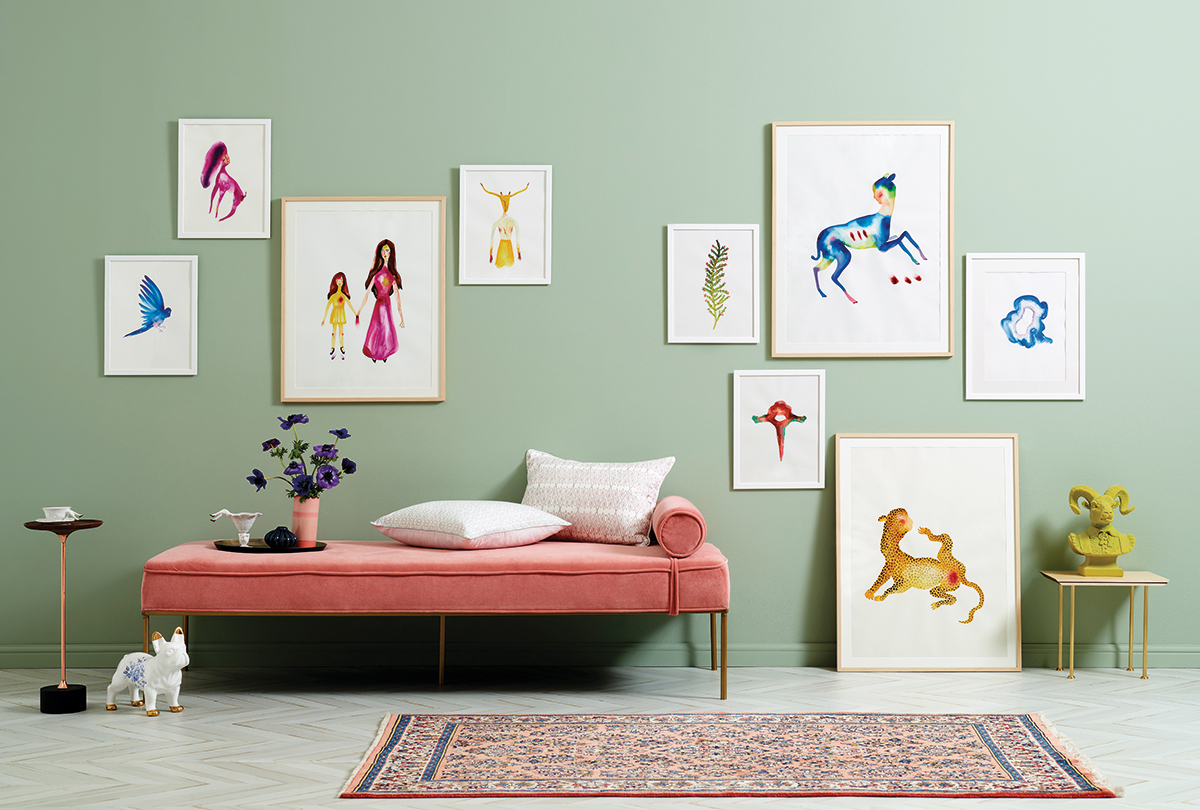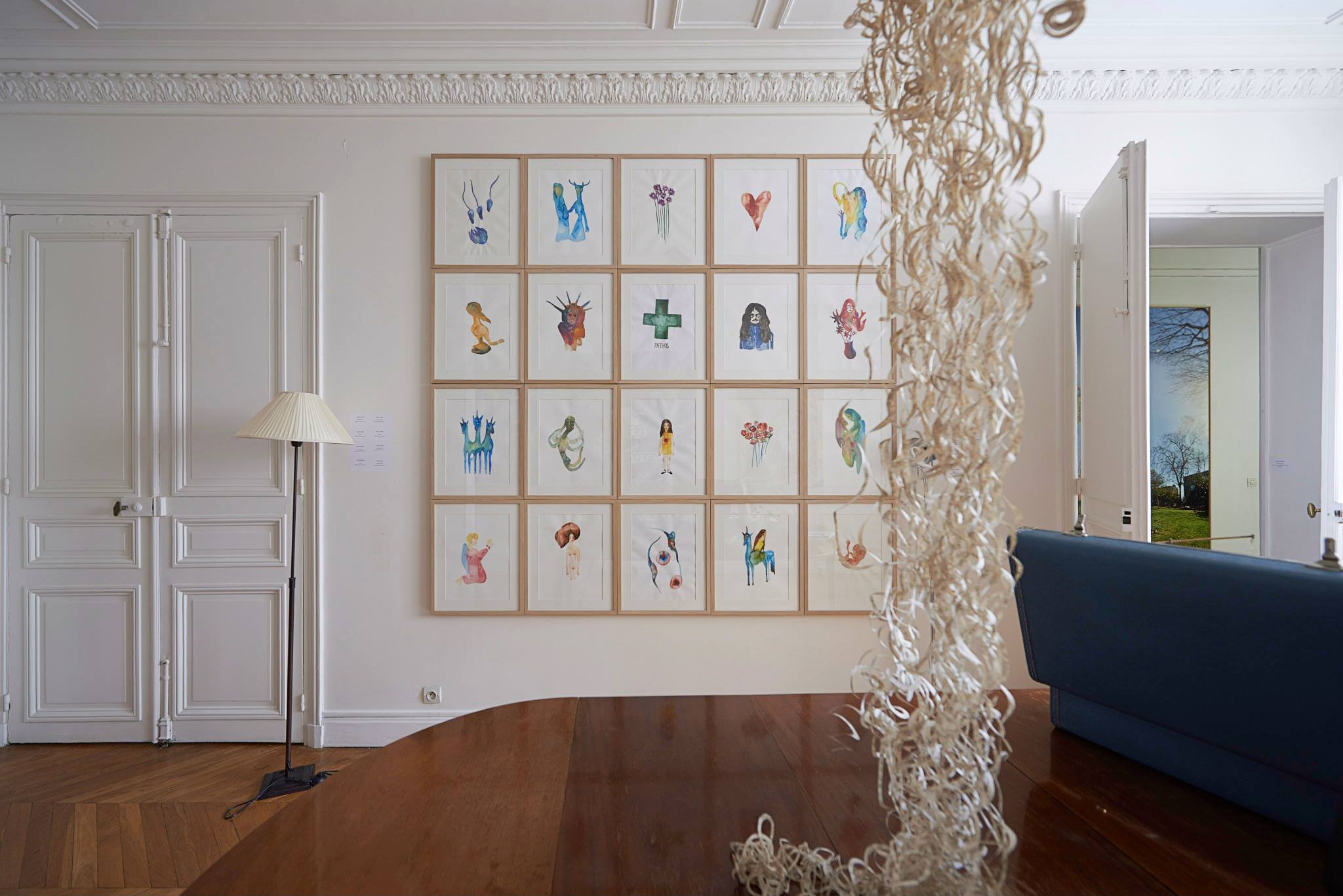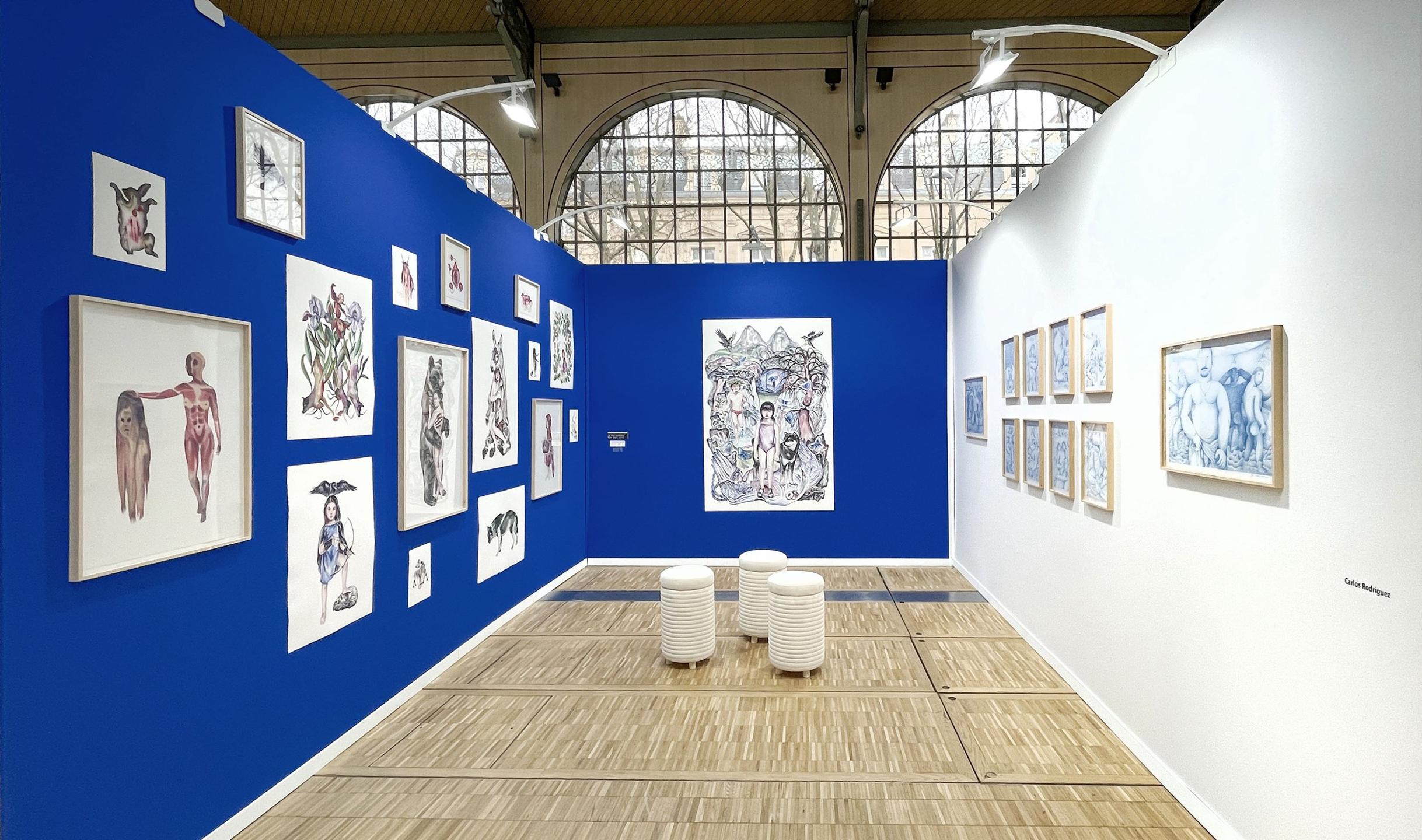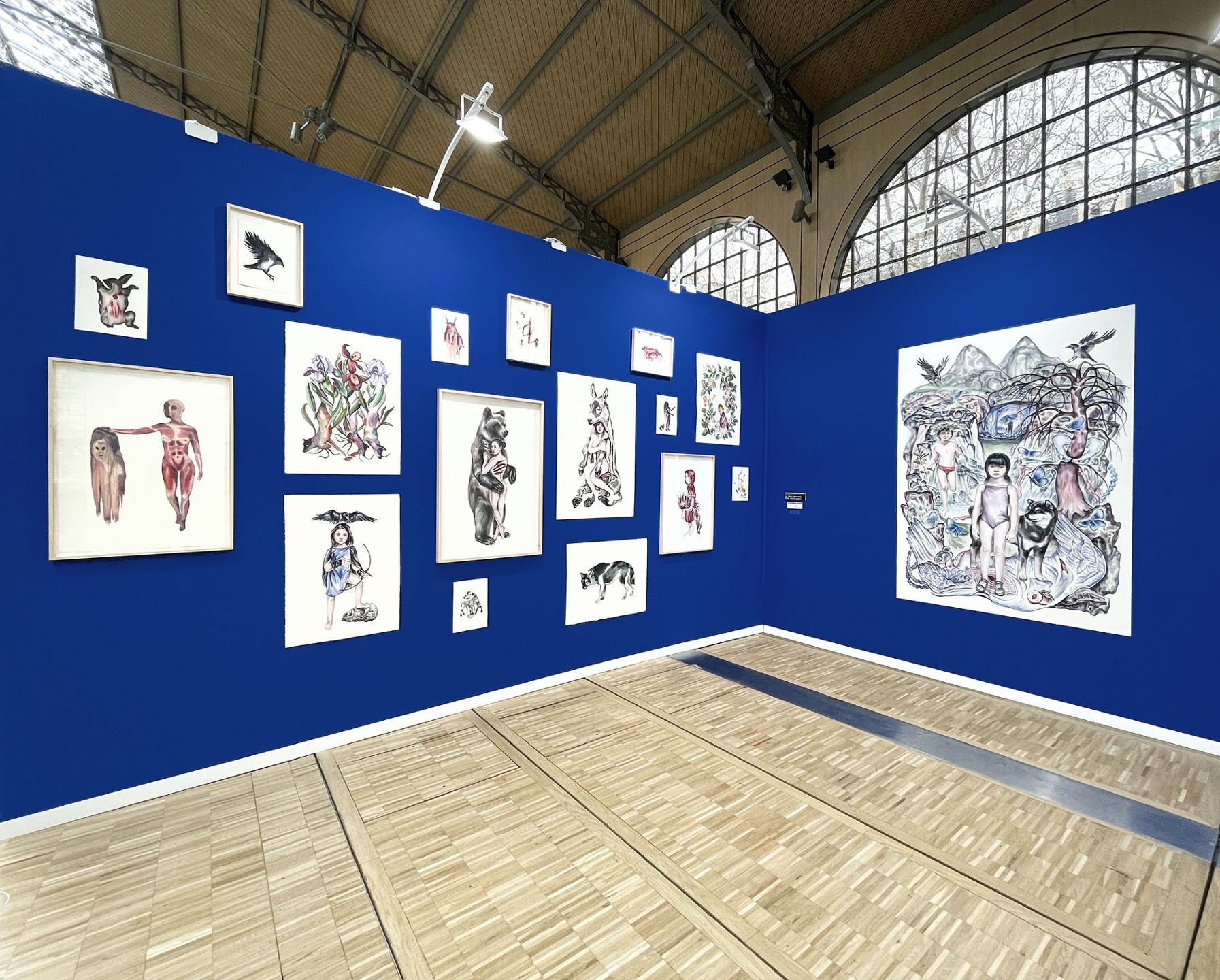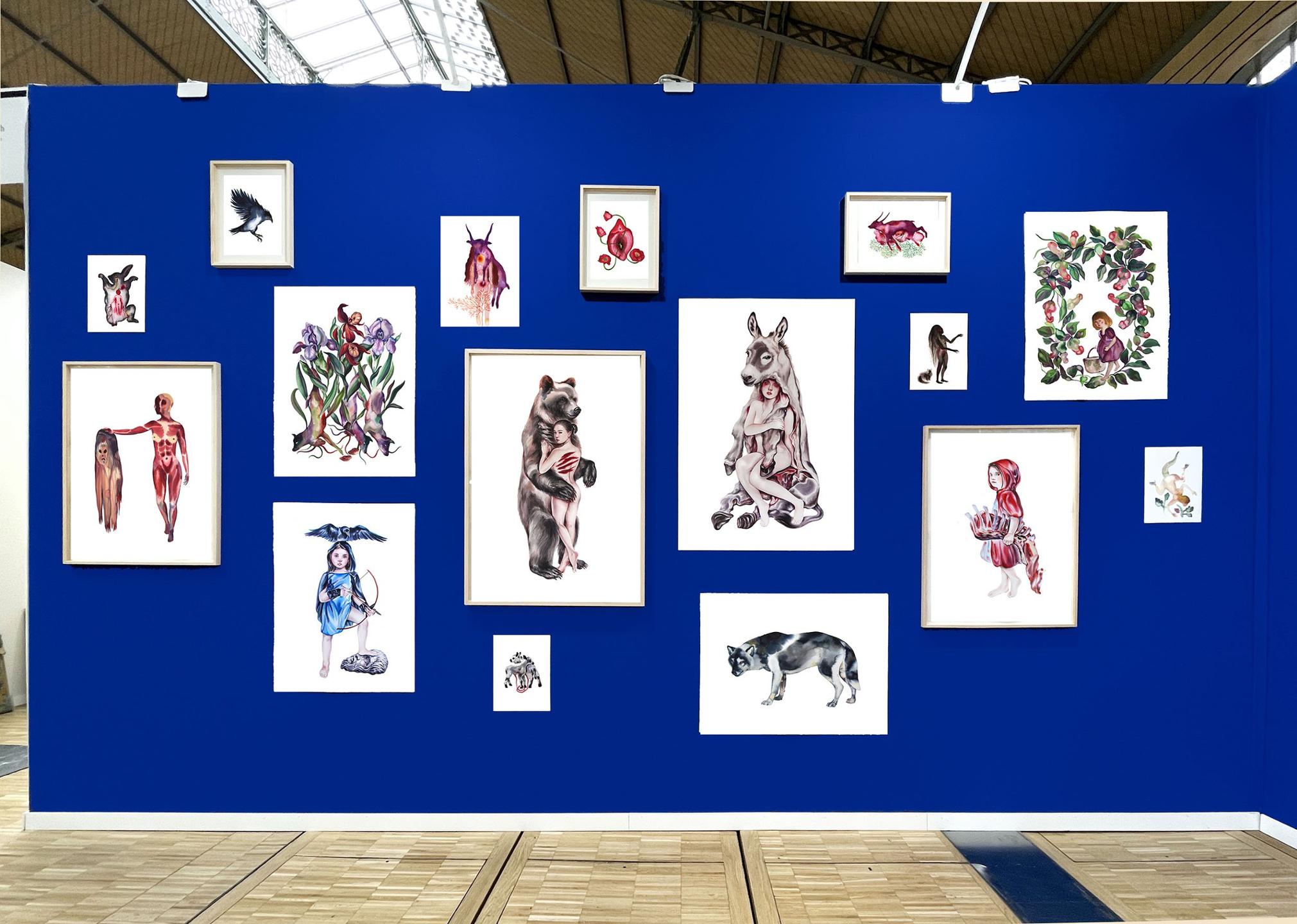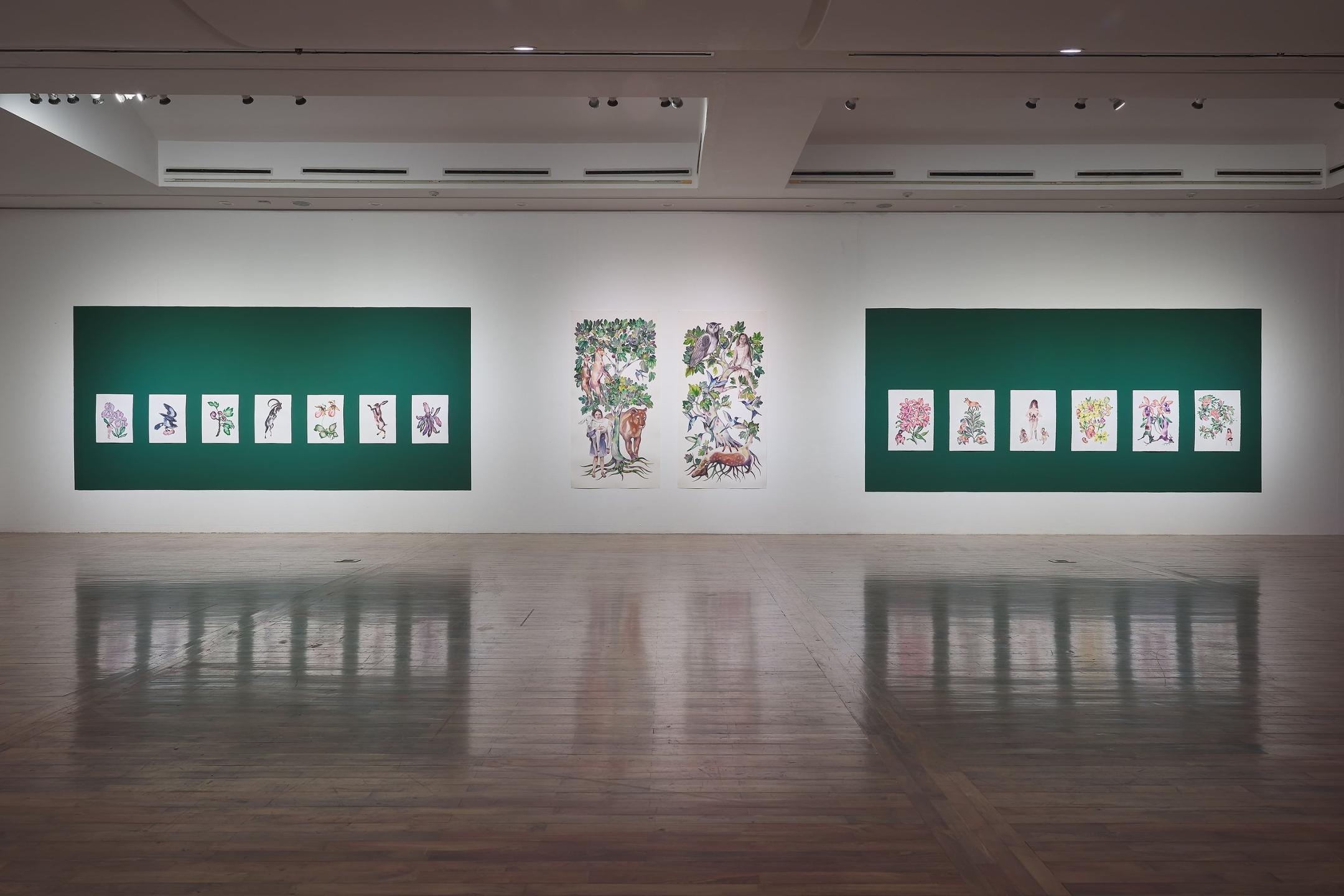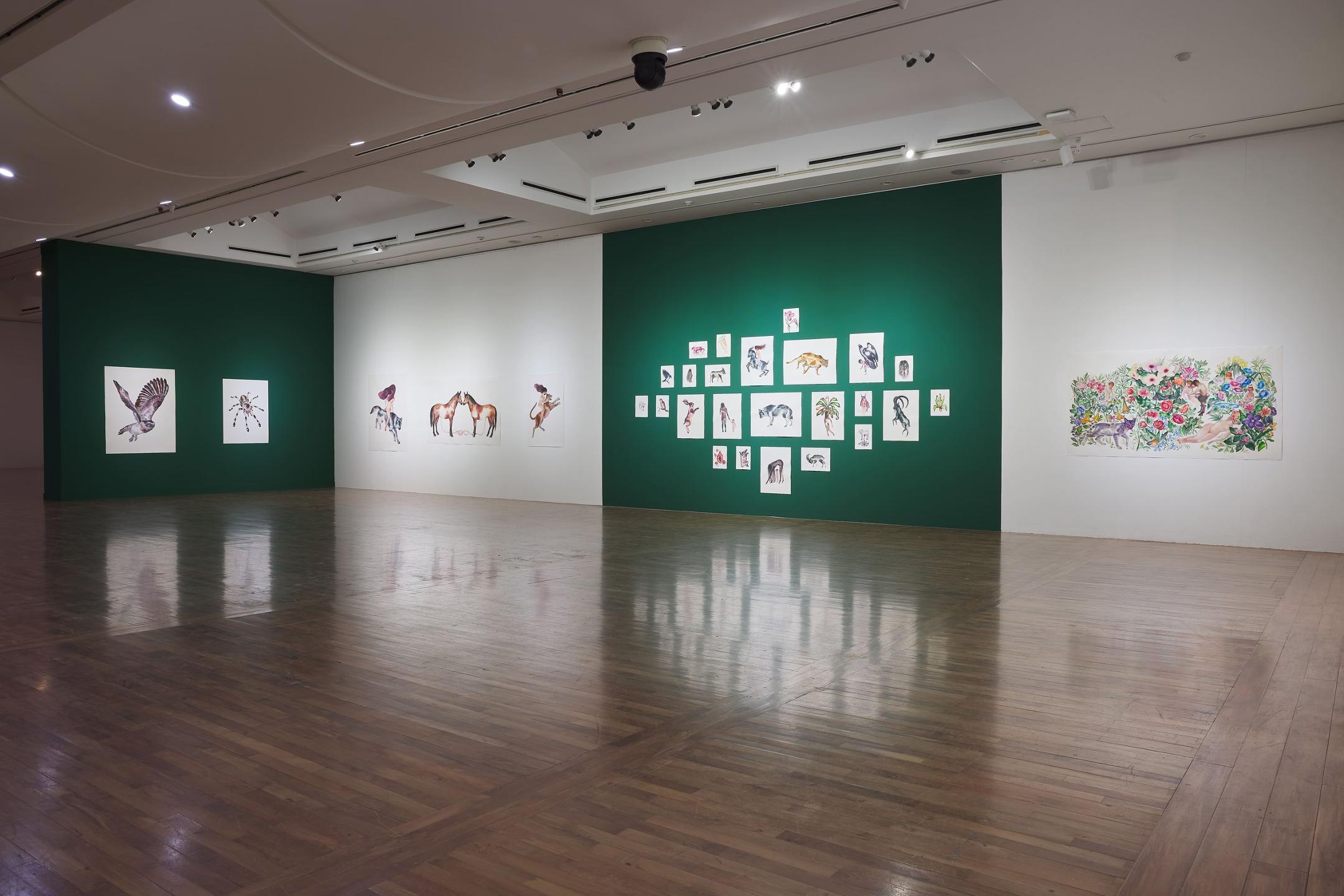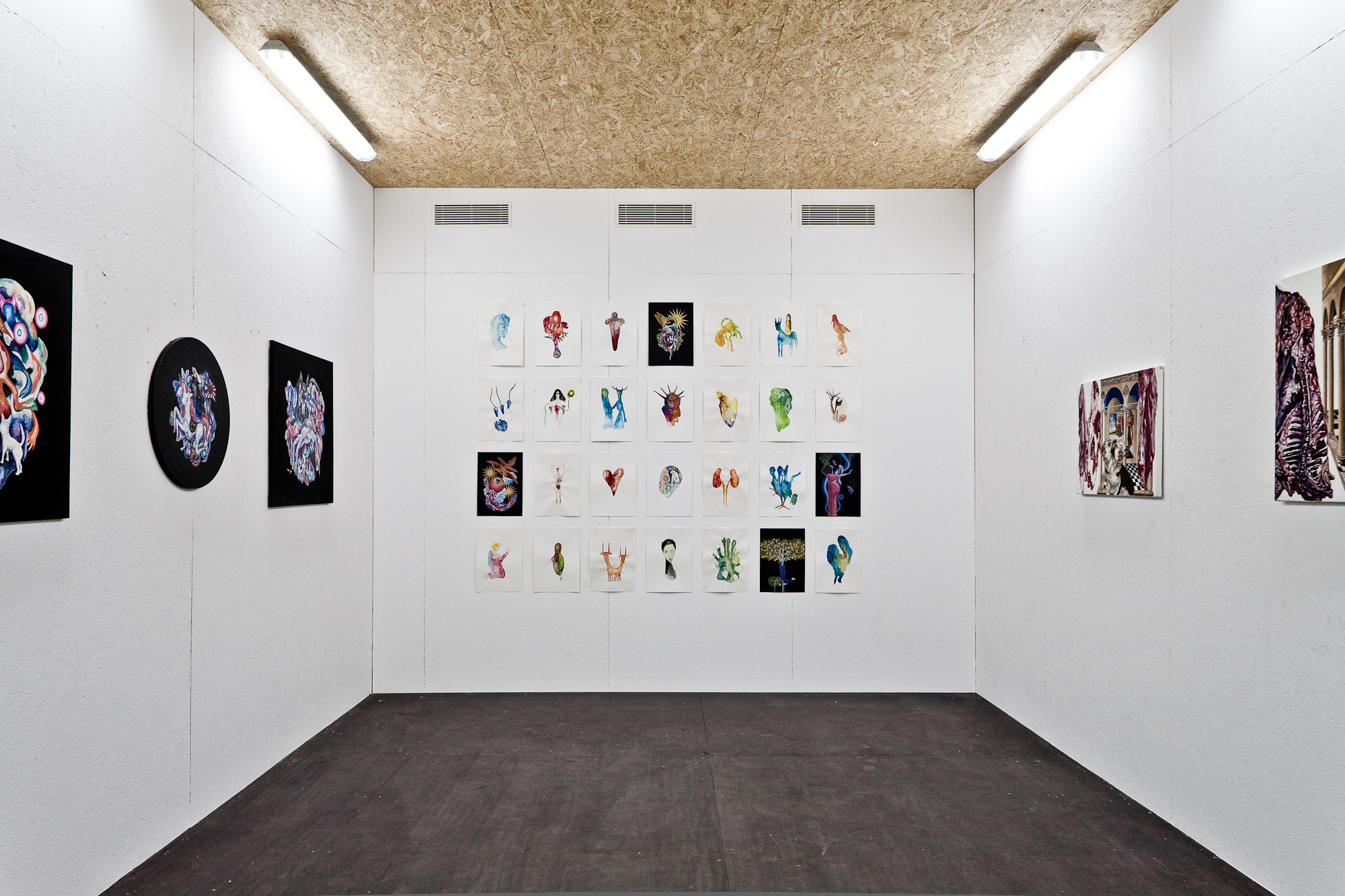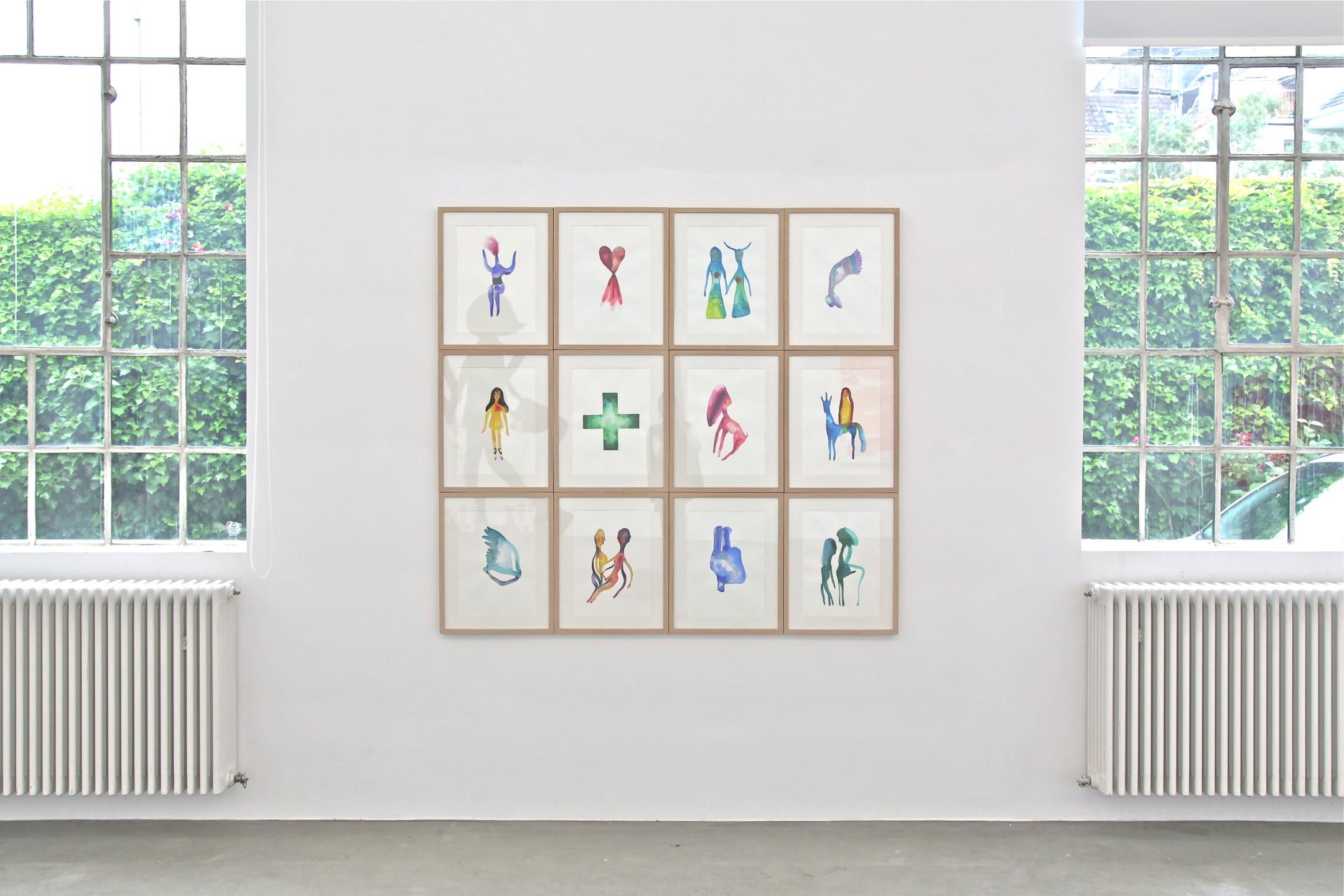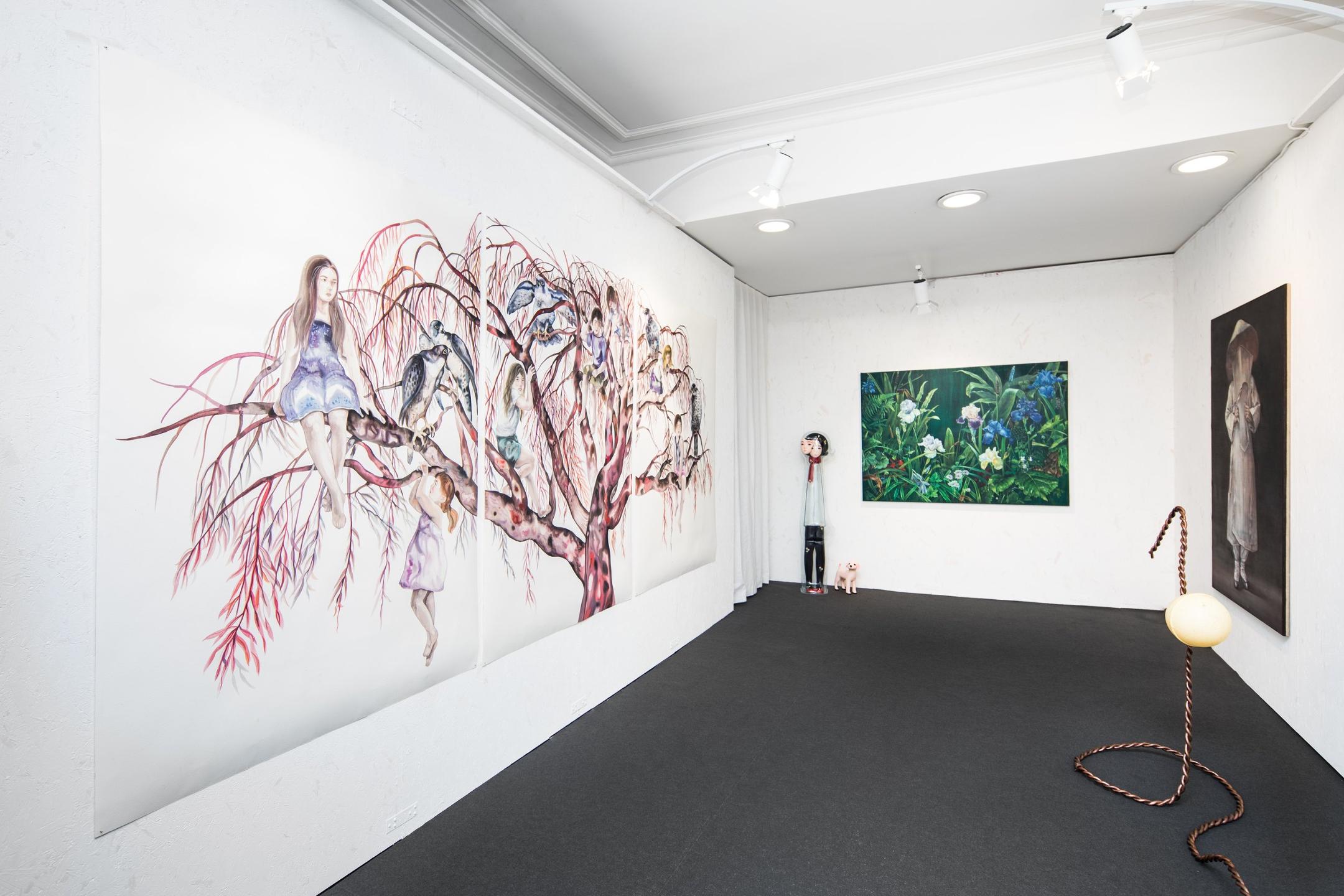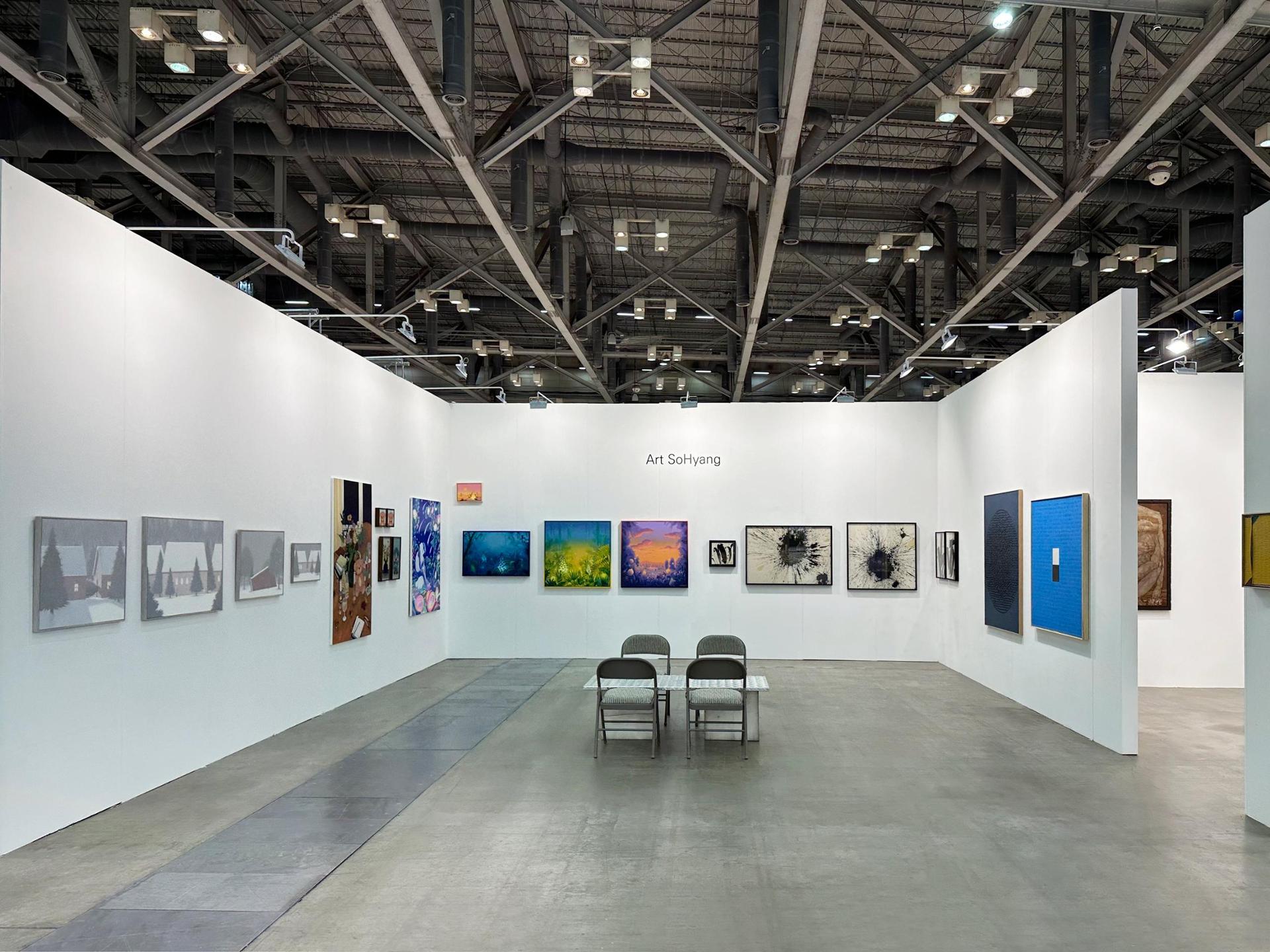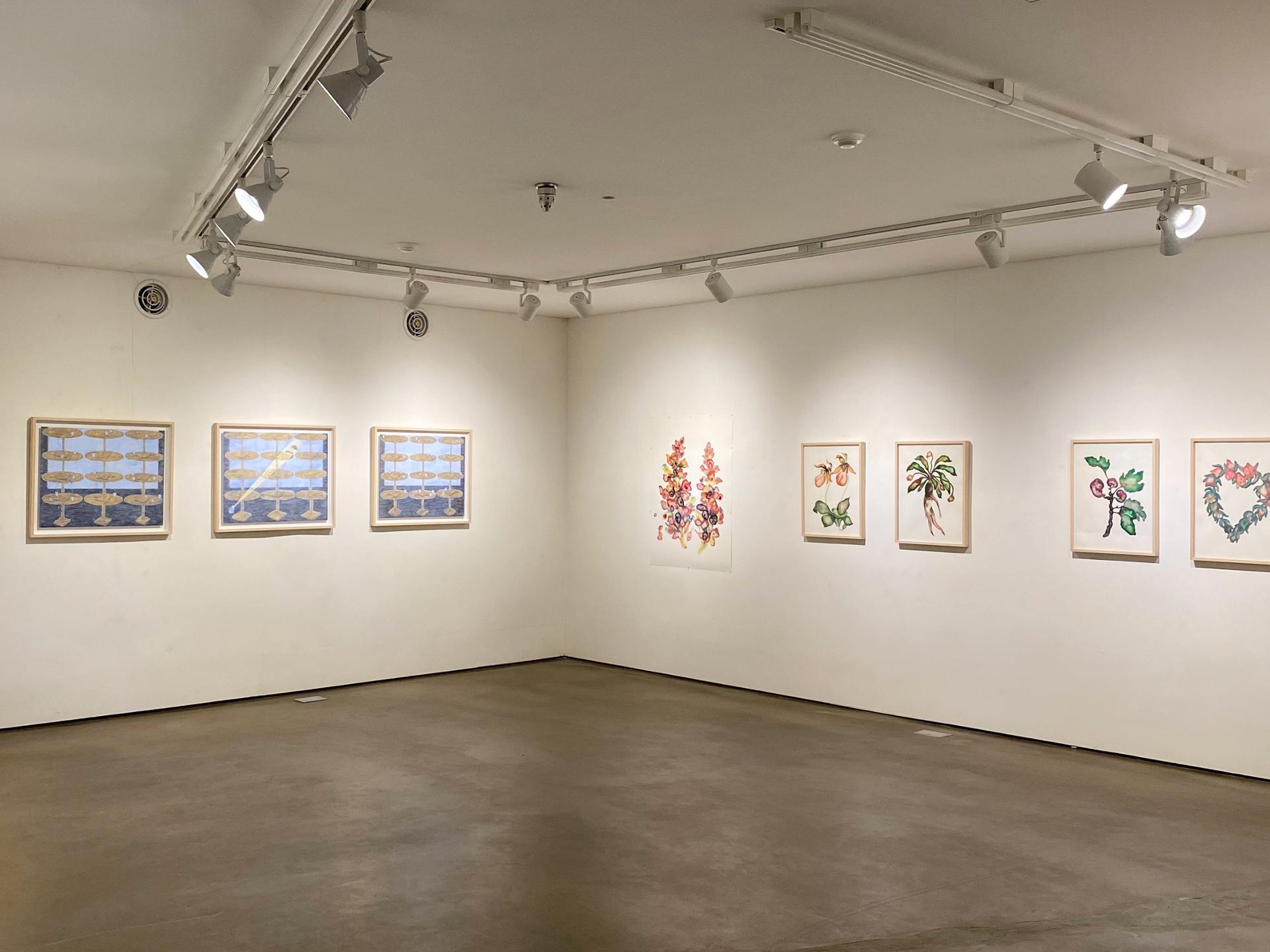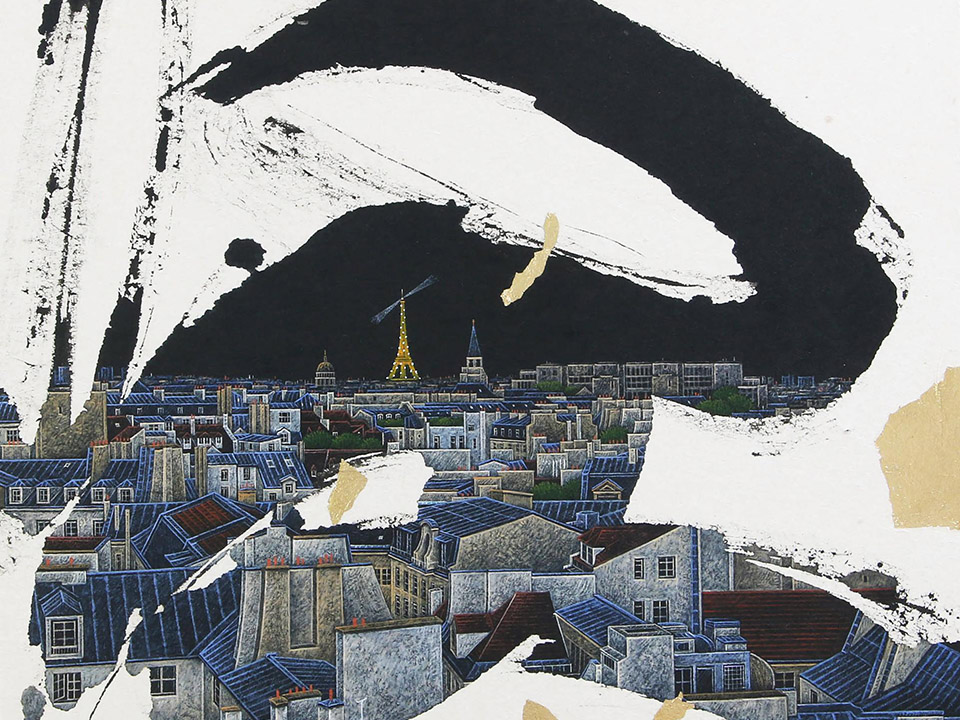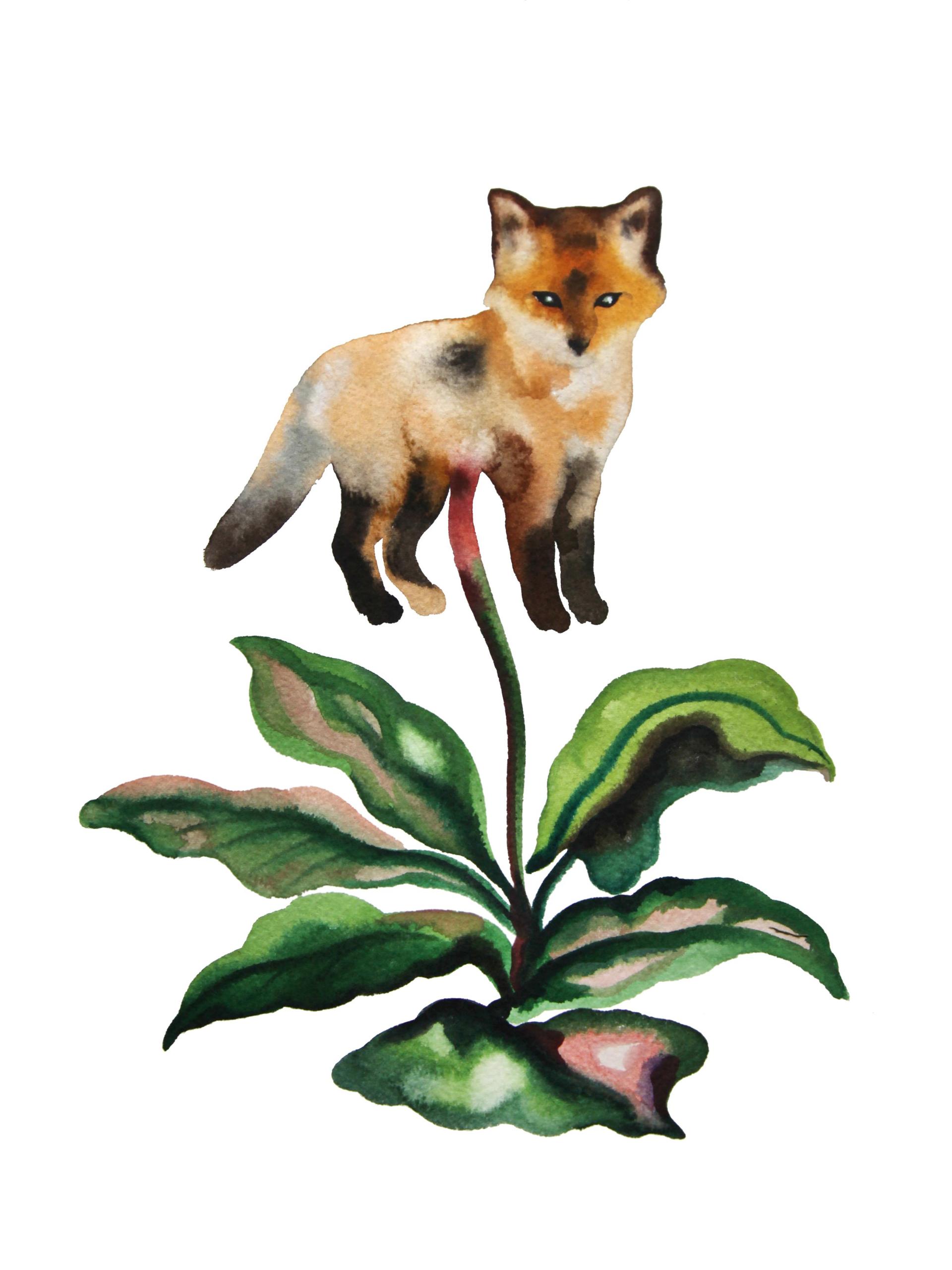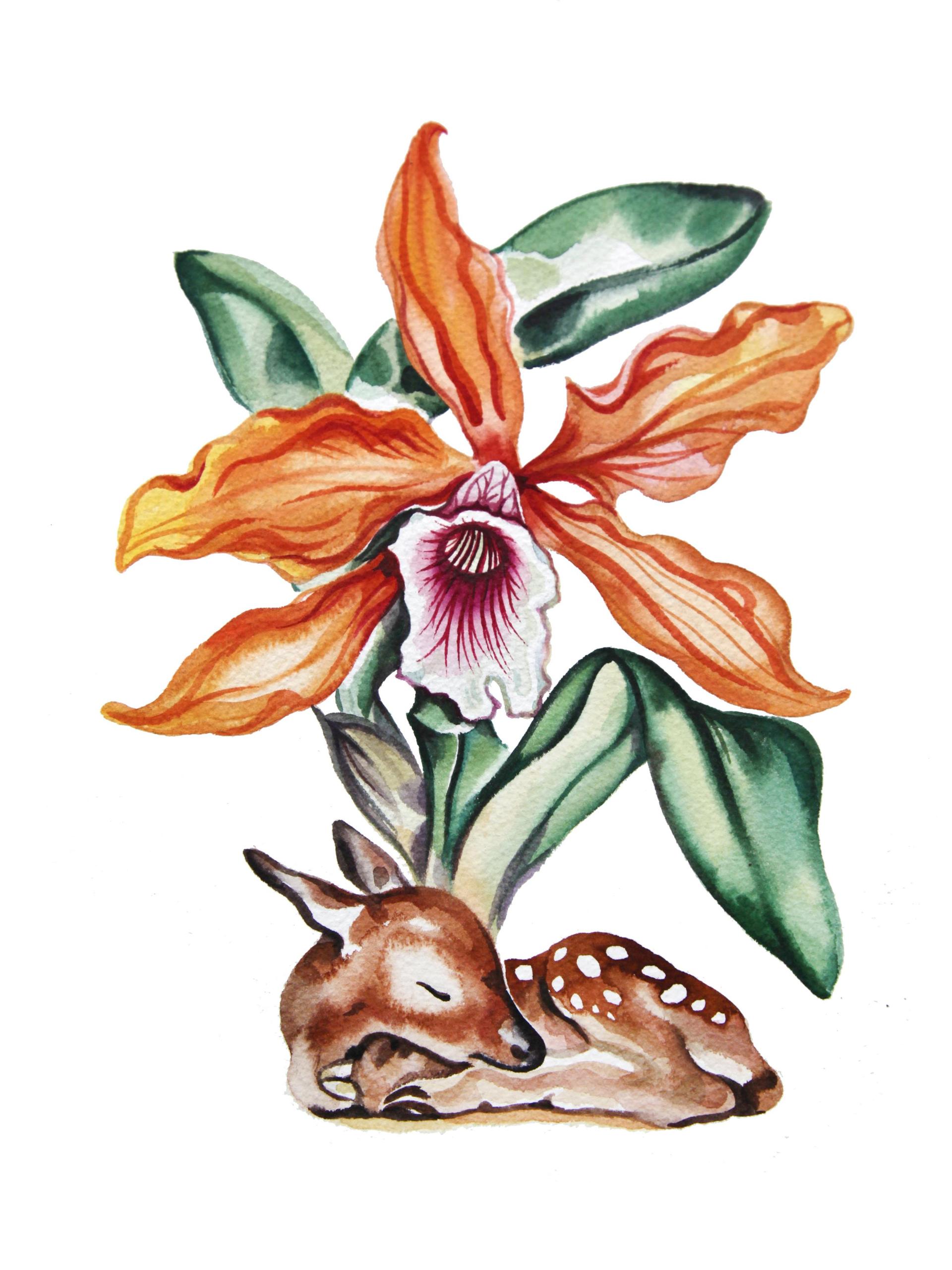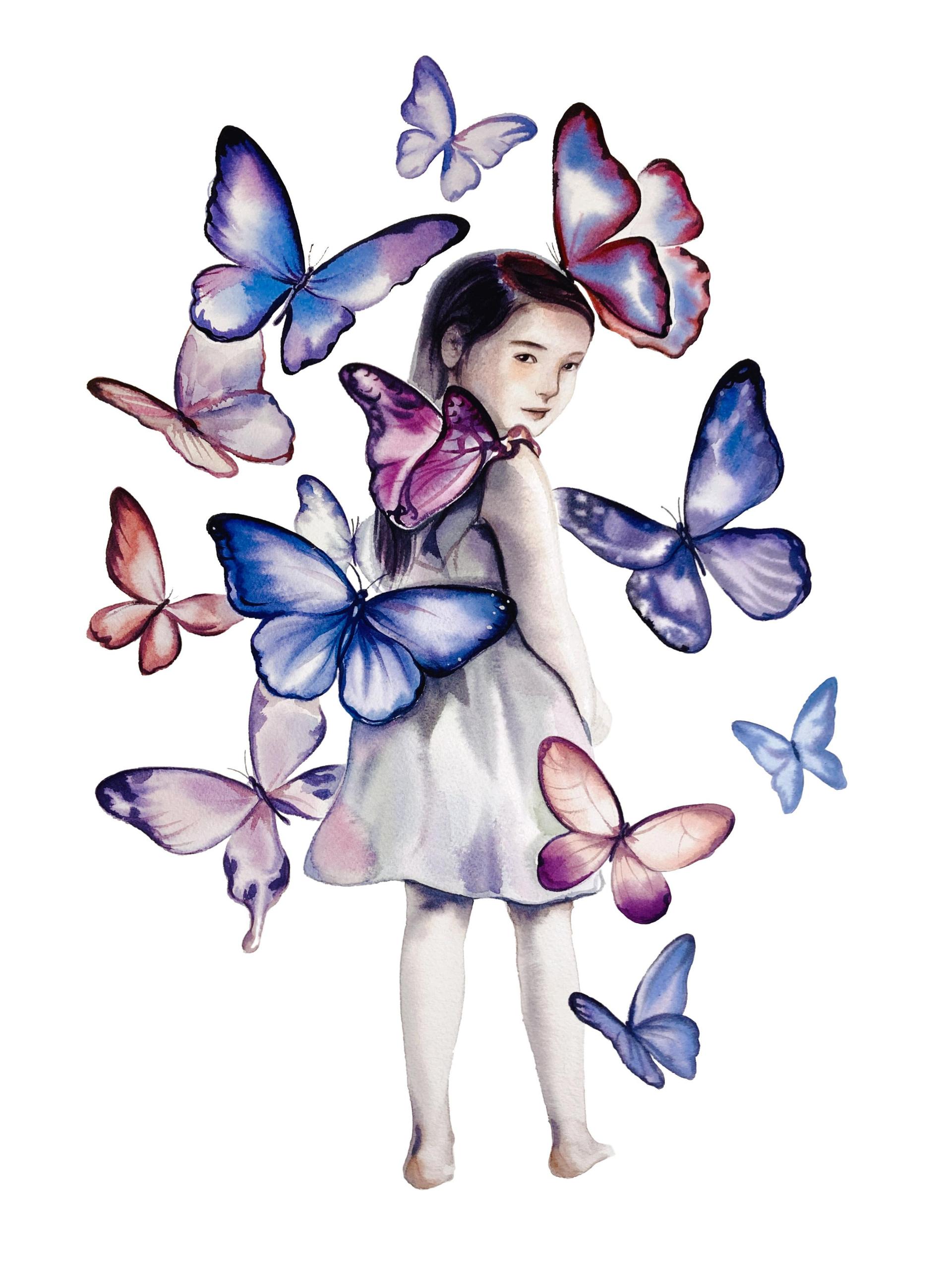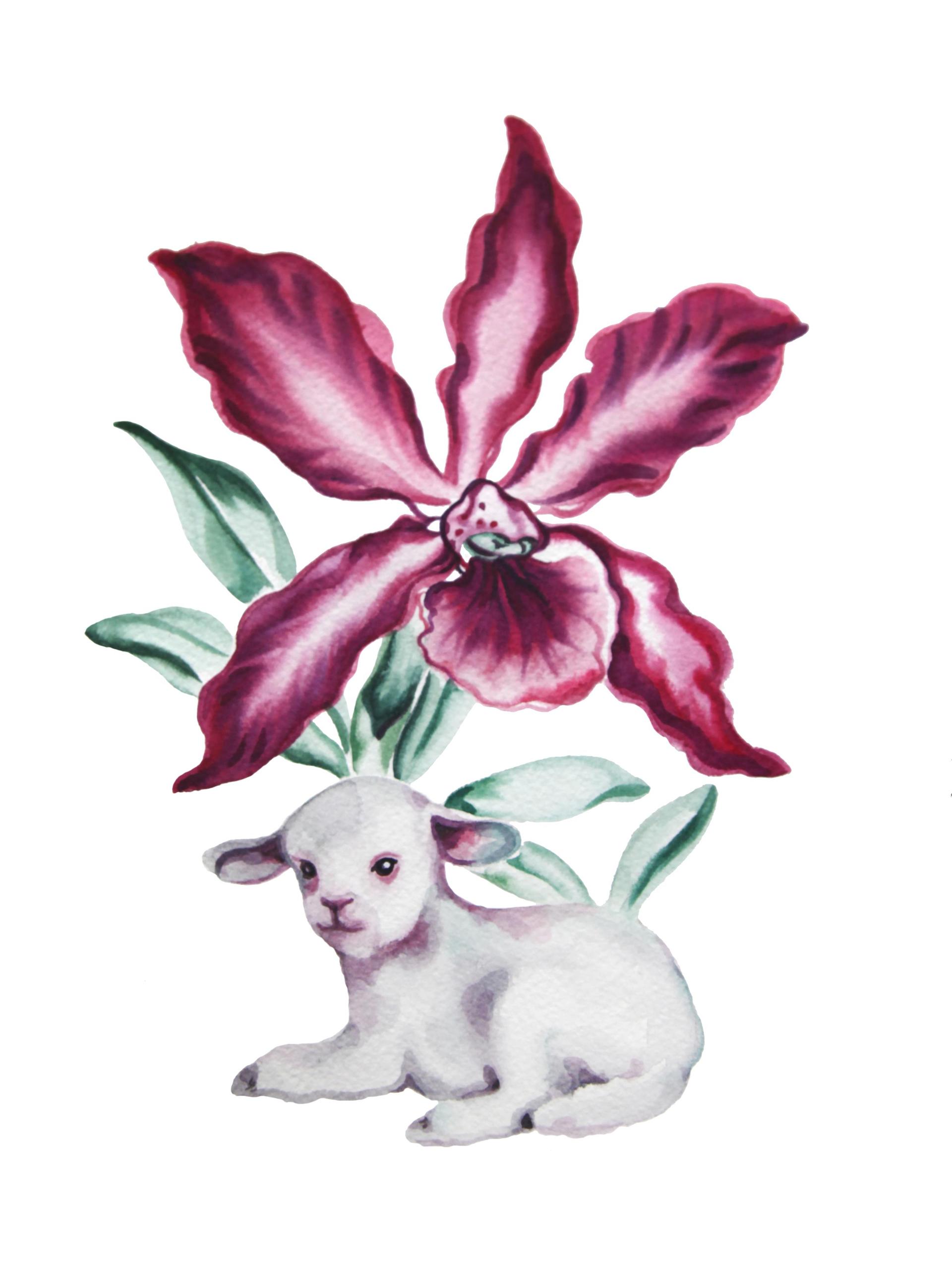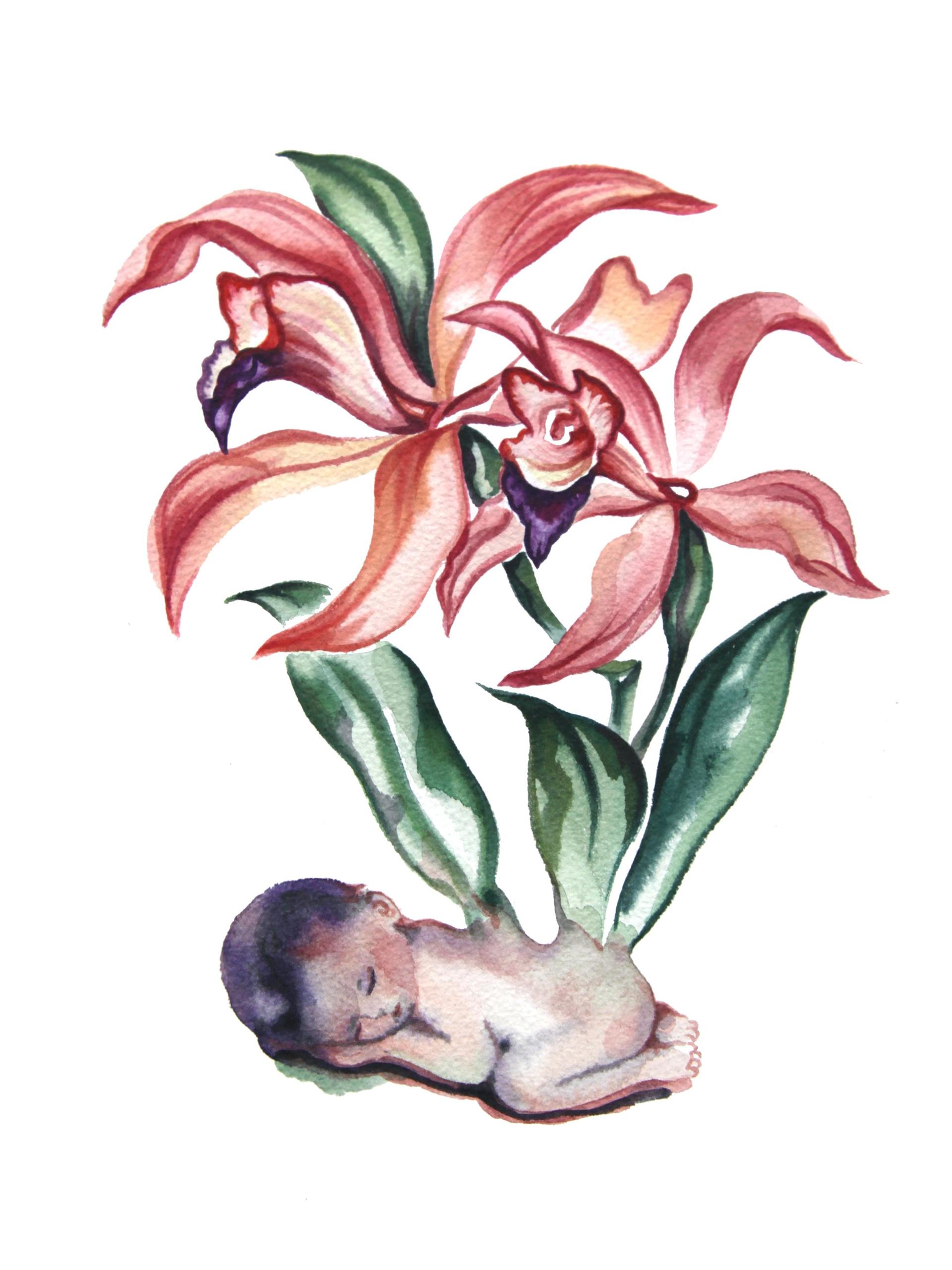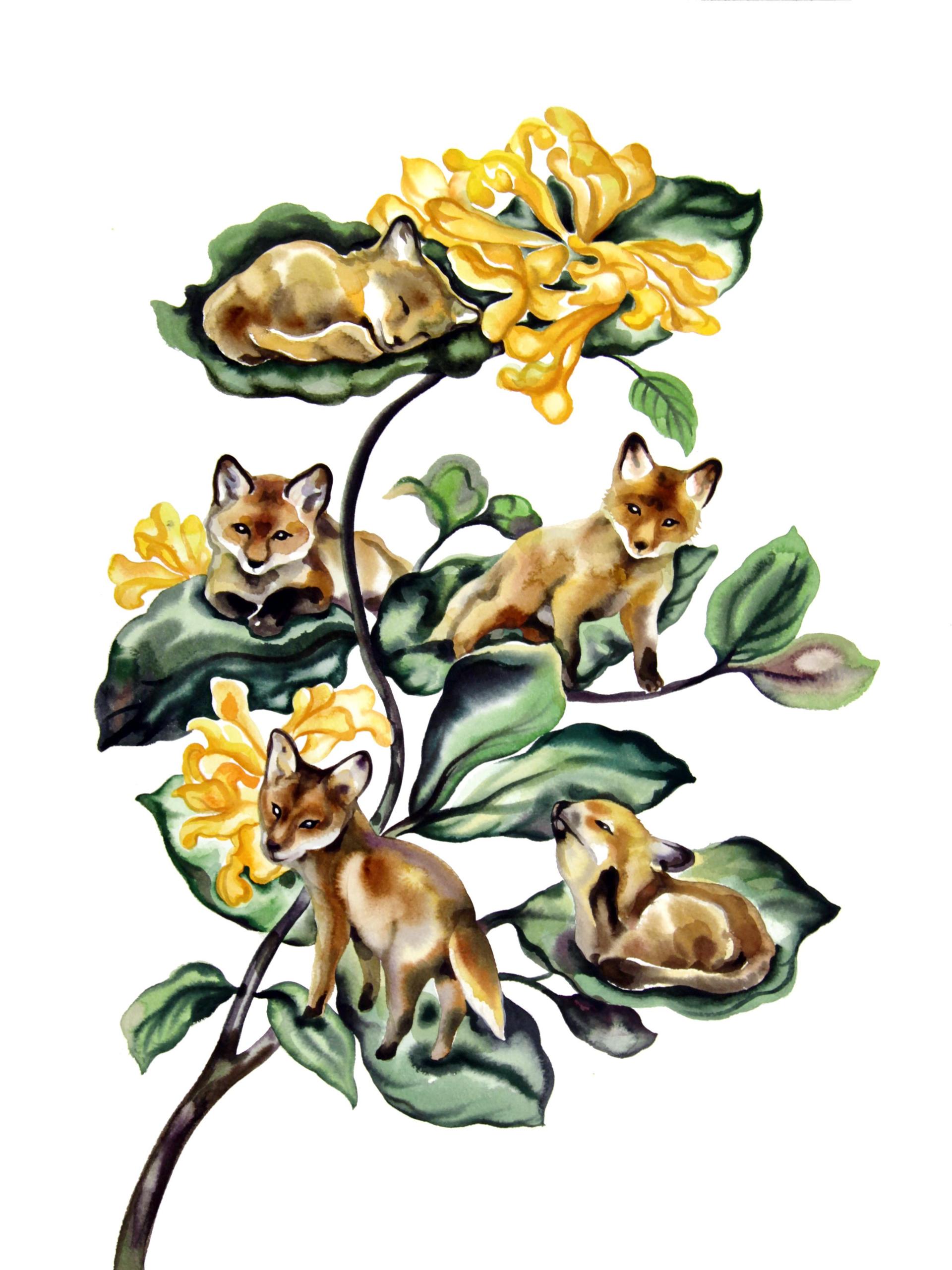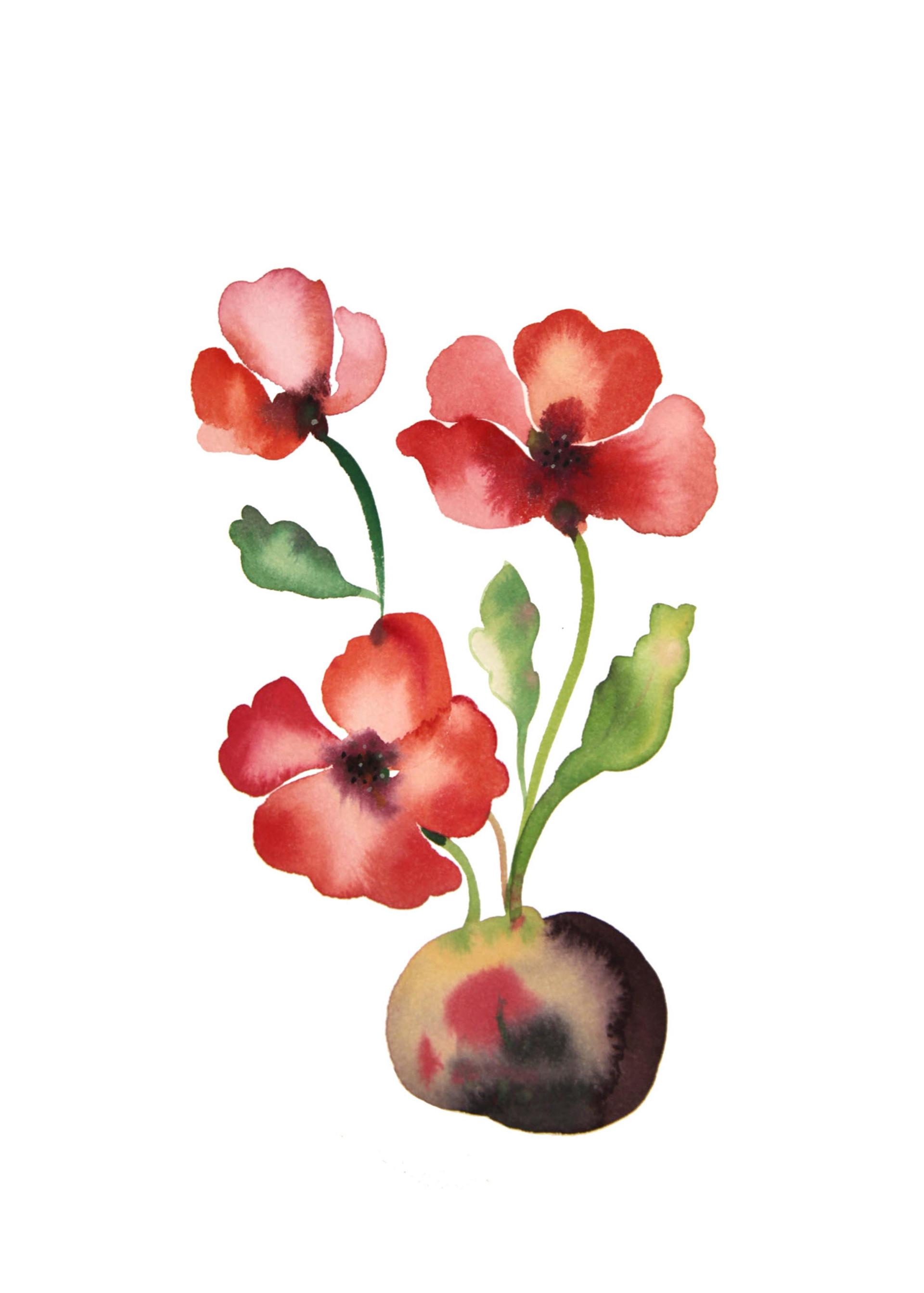
Stella sujin
South Korea, b.1983
Stella Sujin concentrates on the body of the marginalized being, defending the need to create a non-homogeneous society. In her work, the body appears as a pregnant woman, Virgin Mary, a genital organ, the Sphinx of Greek mythology, a protozoan with flowers set within itself, or a hybrid creature––all are related to feminism discourses. In particular, she focuses on the bodies of women as those who are oppressed inan androcentric society. She suggests female bodies are regarded as ‘monsters’ causing horror, or what Julia Kristeva called ‘abject’, that is, as objects to be cast off to achieve the complete course of self-realization. She visualizes the bodies as her resistance against established social orders and systems.
For the past 15 years, Stella Sujin has continued this resistance primarily through painting. Producing paintings of monsters using fluid materials, which reveal her act of painting transparently, she has established her anti-modernist aesthetics. Since the early years of her career, she has traversed between Western and Eastern painting techniques. Beginning in 2012, she created a series of drawings with bold and instinctual brushstrokes. Since 2017, her painting practice has widely expanded as she started employing in her work tactile materials such as clay and pastels: she rubs and mashes those media, focusing on the textures they create on her canvas. As such, her painting is close to body art born in the refusal of traditional art forms in that she employs gesture or bodily movements as essential elements in her painting. As is well known, as the body art movement, which was rooted in the European avant-gardism of the 1960s and ‘70s that took human bodies as both the subject agent and the object of art, encountered the feminist movements of that time, the artists staged performances, in which they transformed their bodies in unusual ways or made aggressive gestures, as a way of criticizing a society paralyzed by patriarchy. While Stella Sujin also refuses modernist art as masculine art forms, the encounter between body art and feminism in her work is made in a completely different way. Rather than showing filthy and ugly bodies, the monsters that she depicts attract and soothe viewers with clear, transparent colours and small, slim forms, until the apparent naiveness of the monsters is unmasked, revealing their grotesque insides.
For the past 15 years, Stella Sujin has continued this resistance primarily through painting. Producing paintings of monsters using fluid materials, which reveal her act of painting transparently, she has established her anti-modernist aesthetics. Since the early years of her career, she has traversed between Western and Eastern painting techniques. Beginning in 2012, she created a series of drawings with bold and instinctual brushstrokes. Since 2017, her painting practice has widely expanded as she started employing in her work tactile materials such as clay and pastels: she rubs and mashes those media, focusing on the textures they create on her canvas. As such, her painting is close to body art born in the refusal of traditional art forms in that she employs gesture or bodily movements as essential elements in her painting. As is well known, as the body art movement, which was rooted in the European avant-gardism of the 1960s and ‘70s that took human bodies as both the subject agent and the object of art, encountered the feminist movements of that time, the artists staged performances, in which they transformed their bodies in unusual ways or made aggressive gestures, as a way of criticizing a society paralyzed by patriarchy. While Stella Sujin also refuses modernist art as masculine art forms, the encounter between body art and feminism in her work is made in a completely different way. Rather than showing filthy and ugly bodies, the monsters that she depicts attract and soothe viewers with clear, transparent colours and small, slim forms, until the apparent naiveness of the monsters is unmasked, revealing their grotesque insides.
